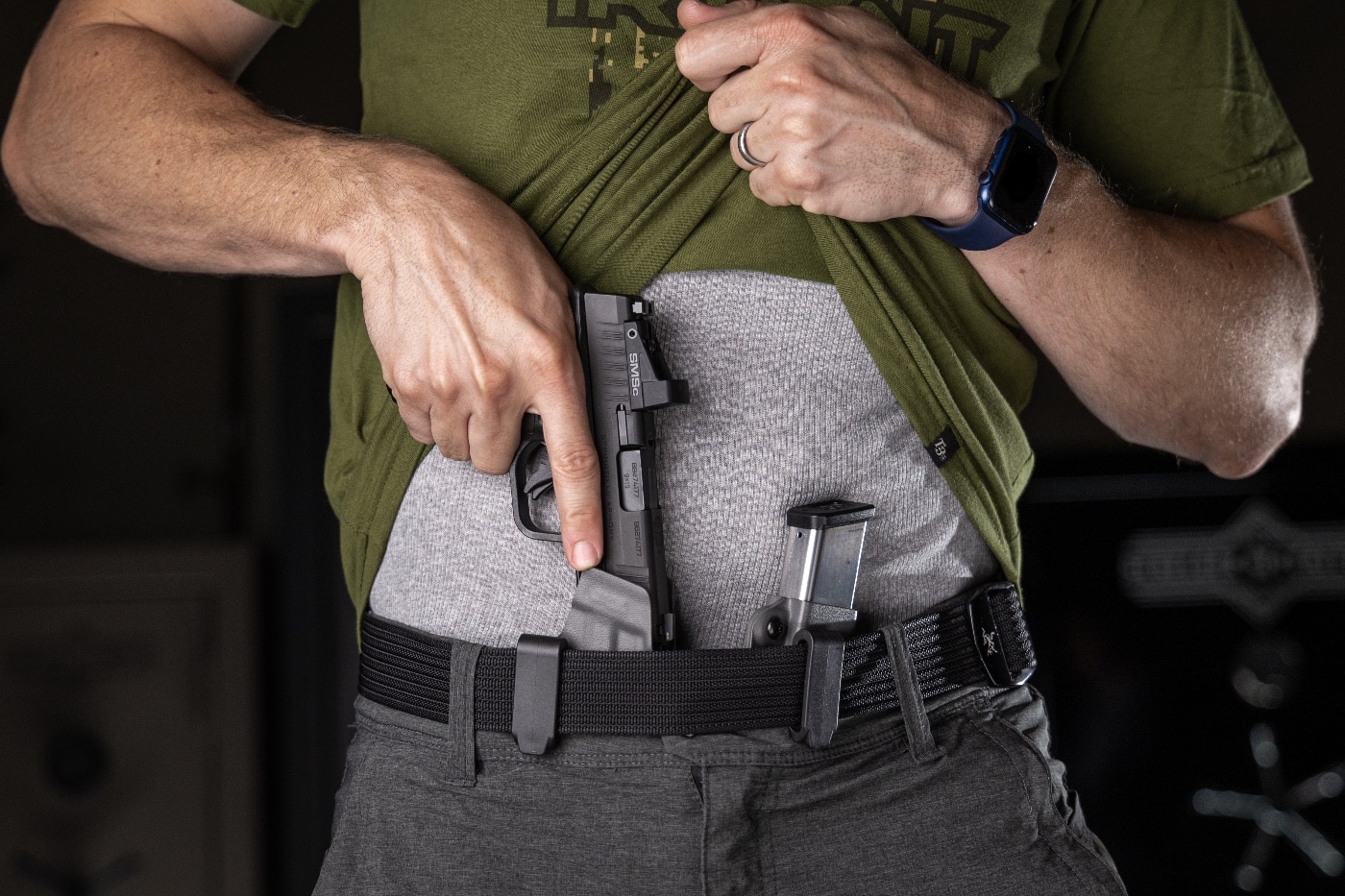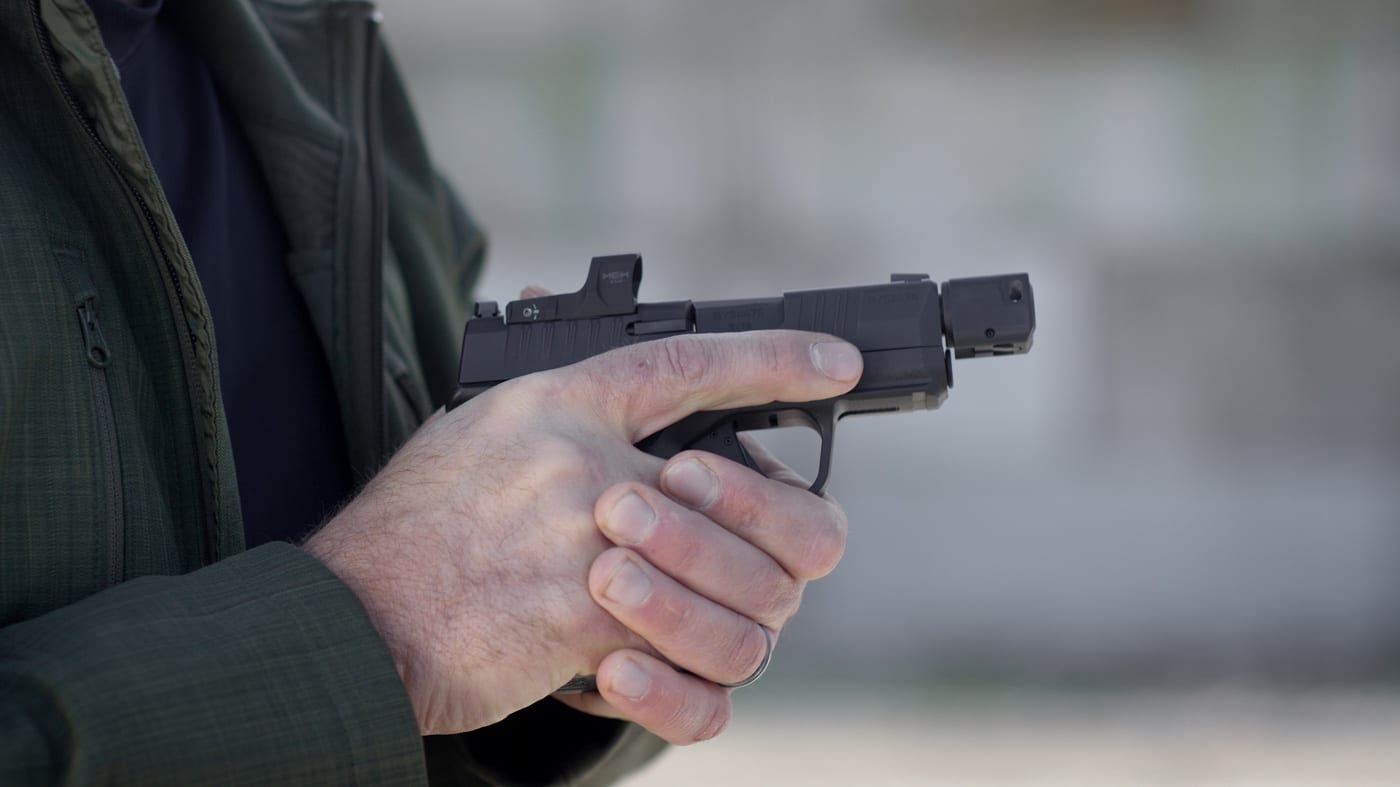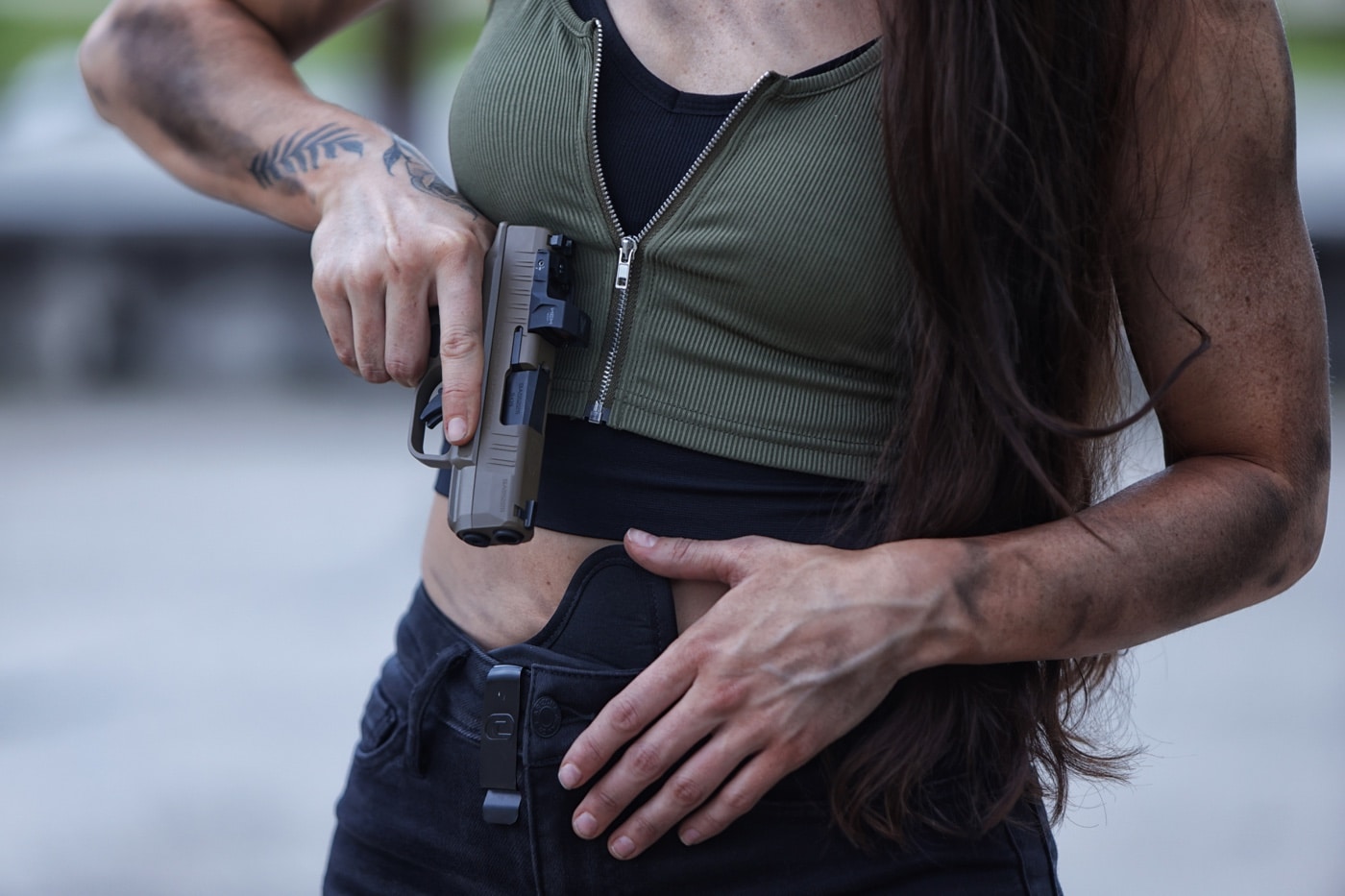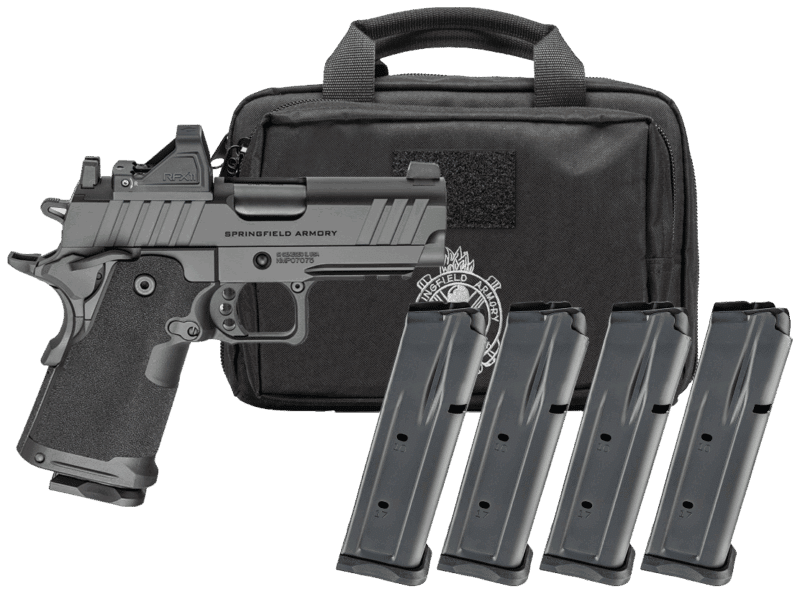Is Drawing Your Gun a Mistake?
July 4th, 2024
5 minute read
Ed. note — The opinions expressed in this article are the author’s and not necessarily those of The Armory Life. Readers should understand their state’s firearms laws and seek out qualified advice and training.
A point I suspect we can all agree on is that danger can rear its ugly head at any moment. Unless you live far off the beaten path, our daily routine has us interacting with all sorts of unknowns throughout the day. This can be a part of stopping by the convenience store, navigating a busy city street or going to the local theater.

Like it or not, we often find ourselves in close proximity to other people. Unless you plan on moving to some isolated, tropical island, this is a fact with which we have to live.
The Hidden Threat
A cornerstone of a positive mindset is to be aware of your surroundings and what is going on in close proximity. I would submit that it is difficult to maintain a perpetual state of Condition Yellow, particularly if you live in a heavily populated urban area, but spotting potential danger sooner gives you a huge advantage.
If a potential threat comes up on the radar screen, you have a far better chance of escaping the danger or if necessary, confronting it. Unfortunately, the bad guys don’t follow the rules and often use or try to use the element of surprise to their advantage. But, the properly conditioned individual may pick up on the fact that something is amiss and take steps to counter the danger.

My dictionary defines the word “ready” as being in a suitable state for an activity or action. The handgun training I provide focuses on a quick response on one or more threats starting with the pistol in the holster or in the hand. Some scenarios unfold very quickly, and success or failure may very well depend on your ability to draw your pistol and get into action quickly.
On the other hand, a situation could arise where there is a notable element of danger with a threatening individual, but it hasn’t quite reached the level where deadly force would be legally or morally justified.
In view of the risk of death or serious bodily injury, I would consider drawing my pistol, using verbal commands, and hopefully averting the need to use deadly force. If the aggressor cooperates, so much the better. If not, I will be in a much better position to defend myself if forced to.
Forced to Fight
Early in my law enforcement career, the body of knowledge we were trained in really had not evolved all that much from the 1930s. To the best of my recollection, there was not a great deal of training devoted to threat management.

One popular technique of the day was to point your handgun directly at an individual while you used some convincing language to bring an uncooperative individual around to your way of thinking. Another might be described as the “behind the leg ready”. If you conducted a traffic stop on some sketchy individual, you would surreptitiously draw your pistol and place it behind the leg while you conducted business just to the rear of the driver’s door. Clearly, both of these techniques had some issues, and no credible instructor would teach them today.
A “ready position” with a handgun might be best described as a preemptive stance with the pistol in hand in such a manner as it can be brought to action very quickly. As a law enforcement officer, I had to occasionally deal with uncooperative individuals with either weapons in hand or in close-proximity. Managing the threat from behind a drawn gun typically convinced them to get with the program and the story had a happy ending. The fact of the matter is cops are far more likely to draw their pistols to manage a threat than to shoot — but cops often face very different situations than armed citizens.

Are there circumstances wherein the armed citizen would be justified in managing a threat? Clearly, should you draw your gun without cause, you can be in for a rough ride that could include criminal prosecution.
Consider someone attempting to break down your back door. You can see their form through the window, and you retreat to the other side of the room to get a better position. Is this a home invasion or simply drunken and lost neighbor? How do you respond? Obviously, shooting is the wrong move. But, you want to be prepared in case it is a viable threat.
How about if you are walking through a deserted parking garage late at night, and you note two individuals following you toward your car. As you get closer, they close the gap and begin to jog in your direction. At about this time, a means to defend yourself could be very important.
A ready position implies you are ready, if necessary, to fight. It is not a bluff. Your body language and the words you use should convey that message. Along with some strong verbal direction, it can go a long way toward keeping you safe. But is it the right move?
Caveats
Say that you find yourself in a situation you cannot avoid and feel that a threat is encroaching upon you. If you determine that drawing your firearm is the right action, recognize that drawing the gun and pointing it in the direction of a potential threat represents only part of the picture. To effectively command the situation, you must give verbal direction.

Words do indeed matter and should be delivered in a clear, loud voice and should not be ambiguous. Use phrases like “stop right there” or “don’t come any closer”. Simple, clear and concise.
Make no mistake about it, managing a threat from behind a gun is extremely stressful and something you should hope you never have to face. If you are in this situation, be sure to keep your finger off the trigger and outside the trigger guard. Watch their hands and waistband area, try to maintain a safe distance, and if possible use cover or maneuver to get an obstacle between you and them.
Before drawing a firearm, you should be able to articulate an immediate and unavoidable threat of death. Ideally, with an effective response and good training, you can avert the need to use deadly force.
Editor’s Note: Please be sure to check out The Armory Life Forum, where you can comment about our daily articles, as well as just talk guns and gear. Click the “Go To Forum Thread” link below to jump in and discuss this article and much more!
Join the Discussion
Continue Reading
Did you enjoy this article?

 499
499






